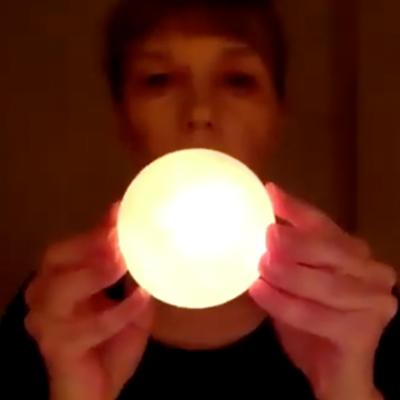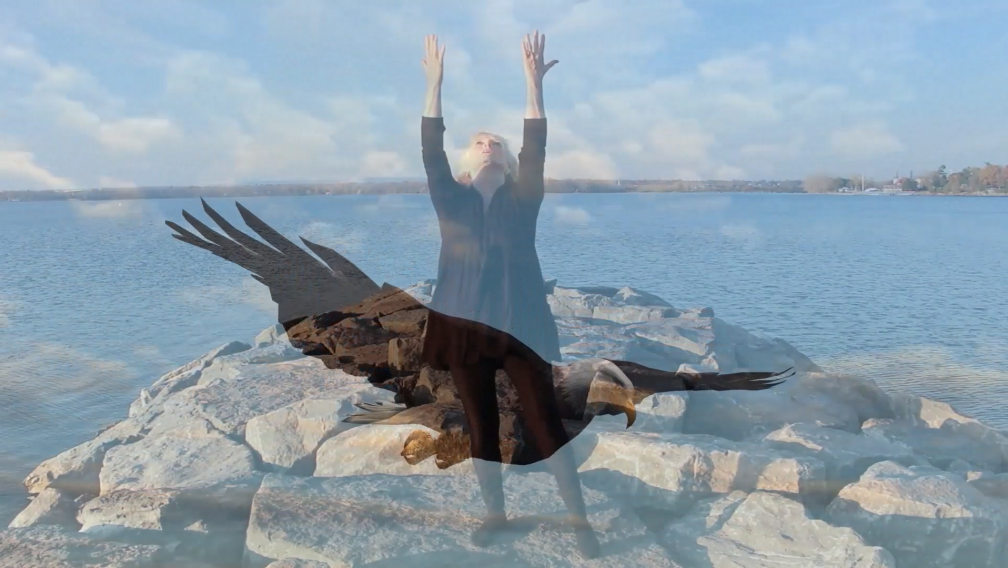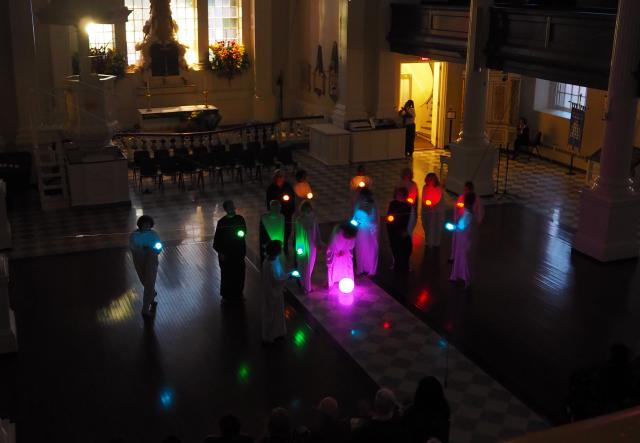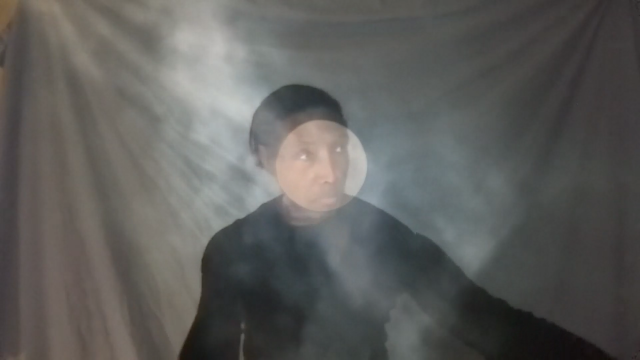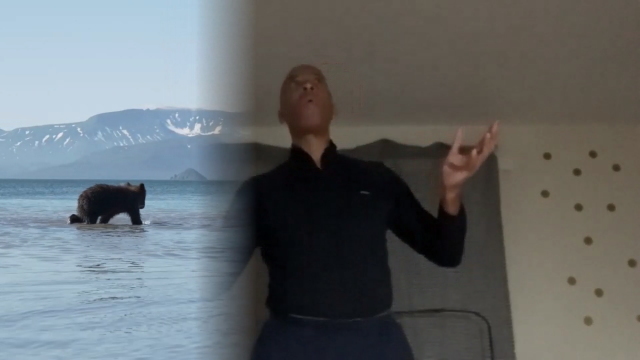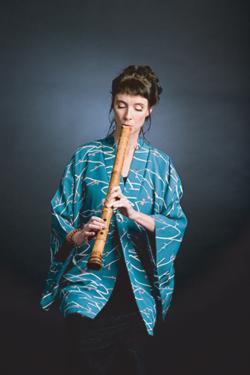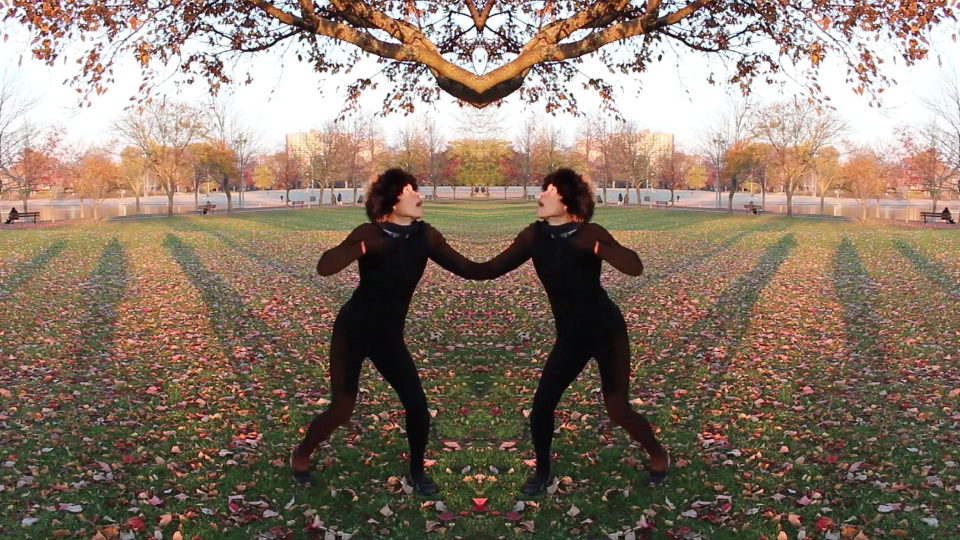Trinity Movement Choir has been around more than a decade and its members have never shied away from tackling complex issues, whether it’s world migration (Humankind), the challenge of self-perception (The Doors), or the presence of unmerited suffering (Book of Job).
Next month, the dance company takes on the most fundamental topic of all, in a three-part exploration titled The Creation I, II, and III.
“We had already done [The Creation] I,” said Marilyn Green, founder and director of Trinity Movement Choir, referring to an in-person performance at St. Paul’s Chapel in late-June 2018, on one of the longest days of the year.
“We were chewing our nails wondering if it was going to become dark enough for the lights to show.”
A late sunset turned out to be the least of the challenges ahead. The choir was all set to present all three parts of The Creation in March 2020, with dress rehearsals almost complete, and images of animals and plants projected on the inner walls of St. Paul’s Chapel, adding to the power of the work.
Then came COVID.
“I was thinking we’ll do this live next year,” Green remembered. “And finally I said we’ve got to do it virtually.”
Trinity Movement Choir performed The Creation I, virtually, in November 2020. The upcoming online performance on Friday, February 4 at 7:30pm will mark the first time all three parts will be performed, in sequence, on the same date, by a cast of dancers that has changed and grown as a result of the pandemic.
“Our virtual community has exploded. I’d say a third of the people, maybe more, dancing in this are not anywhere near the New York area. It’s enriched us and it’s led to other ideas about partnership we can do in this way, even once we have full seasons of live dance.”
Each of the three parts of the sacred dance has a specific focus: The Creation I Elements, The Creation II Man and Woman, The Creation III Plants and Animals.
Stewardship is at the total heart of this. Reverence for what we’ve been given and strong urge toward responsibility and taking care of it.
Marilyn Green
The Creation I concentrates on the primal elements of air, water, fire, and earth.
“[The Creation II] is looking at sacred man and divine woman and what that means to each dancer. [We] have the women dance the male journey and the men dance the women’s journey, as well as their own,” Green explained.
“There’s an awful lot of literature for several years now about how the Yin and the Yang need to be balanced in order for the planet to survive. And that’s at the heart of the second part which turned out to be unbelievably powerful.
“And then [The Creation III] the animals and the care and the kinship with the animals."
Although the third part of the sacred dance is titled Plants and Animals, Green says she was unable to adequately incorporate plants into the virtual performance. She promises that the plants will be included whenever health and safety conditions permit the cycle to be performed for an in-person audience. She’s also considering commissioning the composition of a fourth part.
“Canadian Debbie Danbrook, the first woman master of the [Japanese musical instrument] shakuhachi, created the music, as she has done for several of our dances. She is a dancer as well, and sometimes performs with us when her schedule permits.”
Marilyn Green hopes that watching the three parts of The Creation in one performance will not only address a primal process, but will also carry a cosmic message to the audience.
“Stewardship is at the total heart of this. Reverence for what we’ve been given and strong urge toward responsibility and taking care of it,” Green said.
“We’re caretakers so that runs through just about everything I care about, the connections among living things and even things that are not considered living, like minerals and stones and water.
“That’s really what the creation cycle was intended to do.”
Tune into Trinity Movement Choir: The Creation I, II, and III
Join the Trinity Movement Choir for an online screening of The Creation I, II, and III on February 4 at 7:30pm. The upcoming performance includes Part I, Elements of the Creation; Part II, Man and Woman; and Part III, Animals. It is the first time all three sections have been performed together, evoking the sacred nature of all Creation, our relationship to it, and the responsibility of stewardship.
